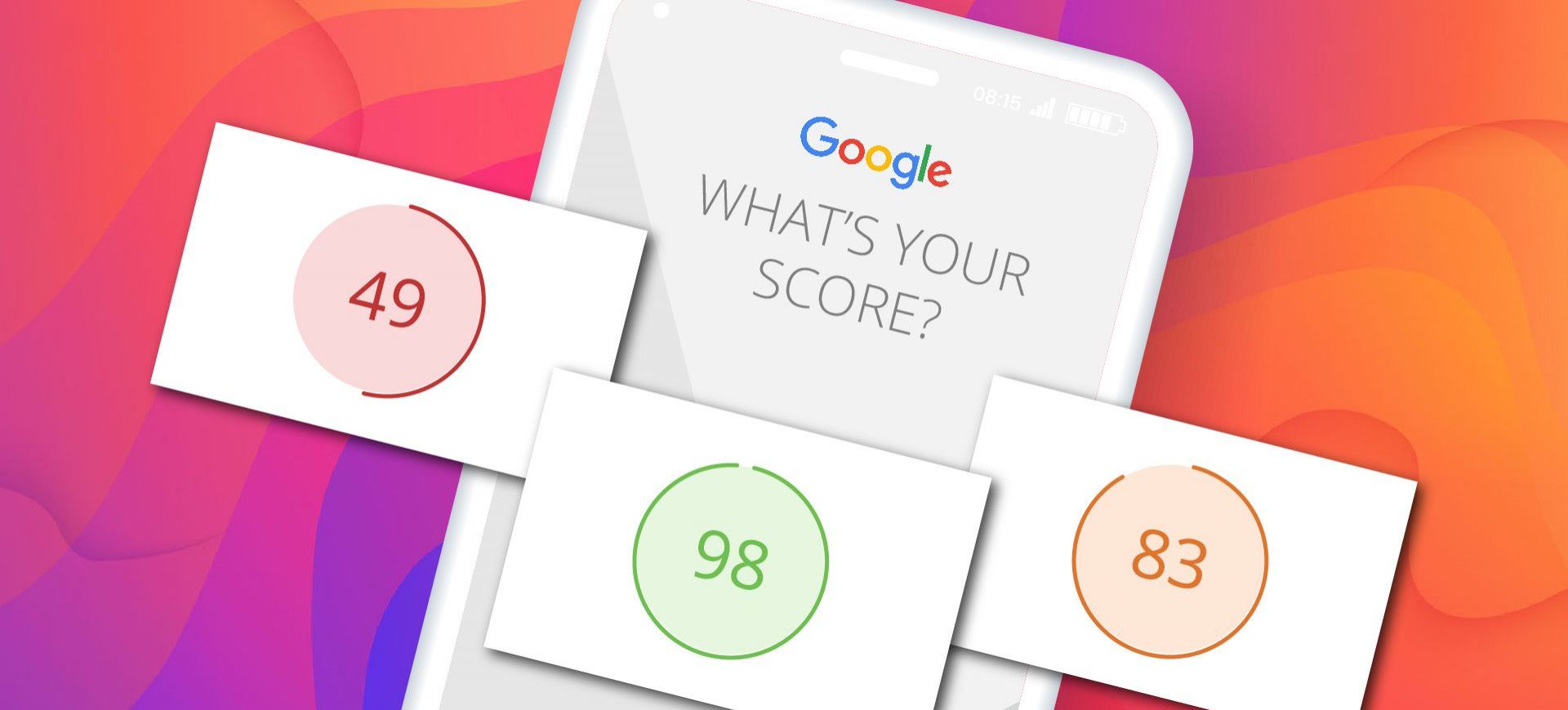27th May 2021

27th May 2021
"Hi, Web Vitals is an initiative by Google to provide unified guidance for quality signals that are essential to delivering a great user experience on the web."
The new "Core Web Vitals" are based around speed, responsiveness and the visual stability of a page, which is designed at prioritising sites that have a strong focus on User Experience (UX).
They're doing this for two main reasons:
Google has been tracking page load speed and other page attributes (quoted as "page score") to track the effectiveness of conversion for ads for many years. Essentially, they have seen a strong correlation between core vitals and relevant content with the general user engagement of that page, and have applied their findings to this measurement framework.
Source: Google
"Well, there are three main metrics that will be included in the Core Web Vitals update. They consist of:
"Good question! This web vital measures the loading time of the largest element that is on screen when you land on the page."
In other words, how long does it take for the user to see a significant block of content that allows them to understand what the page's content looks like?
The largest elements on most sites are images. Optimising your images (format, size and quality) and using responsive images, especially for mobile devices, will have a big impact on the LCP score. But it's not just images - there are all sorts of other things to think about including server response time, script elements, fonts, and other resources such as videos which can negatively affect this score.
"So, this measures responsiveness and interactivity. It is the time from when someone interacts (e.g. clicking a button) to when the browser is able to react to that interaction."
We've all visited websites that take so long to load that we've started to hit links or buttons before the page has finished, and we get confused because nothing happens the first time we try. This isn't a good experience for the visitor.
Time to Interactive (TTI) measures the time it takes for a page to be fully interactive.
Reducing the Total Blocking Time (TBT) will increase the FID score. So removing unused scripts and compressing them will increase the score.
"Hi, this measures visual stability. A layout shift happens when an element changes position."
When, for example, images do not have a height specified the content underneath shifts when the image is eventually loaded and visible to the visitor. To prevent this from happening, make sure image elements are using a width and a height. When dynamic content like a carousel is used, check that the page doesn't jump around while the slides are loaded.
Google has changed its Pagespeed Insights tool to emphasise the importance of the core web vitals (https://developers.google.com/speed/pagespeed/insights/), so you can measure both mobile and desktop versions of your site. The results have been graded into a percentage and marked red, amber and green, where green is a "pass" and it's a whopping 90% score. If you think mobile traffic is not as important as your desktop, think again. More Google searches are now done on mobile devices than on desktops and this has been seen by Google since 2015! So Google has placed even more emphasis on the "mobile responsiveness" in their page experience ranking.
In summary, what Google is doing means more work needs to be done on most websites, but it'll mean noticeable improvements to the way Google provides its search service for a couple of reasons:
When you're searching for something, you don't just get presented with relevant information, you get presented with relevant information on websites that are fast, stable and easy to use.
Website owners who take action to improve their sites should see an improvement in the performance of their site, with higher search rankings and more engaged visitors.